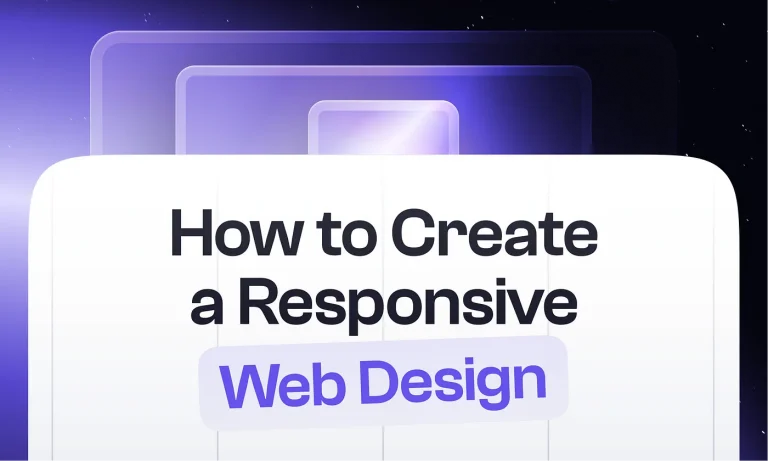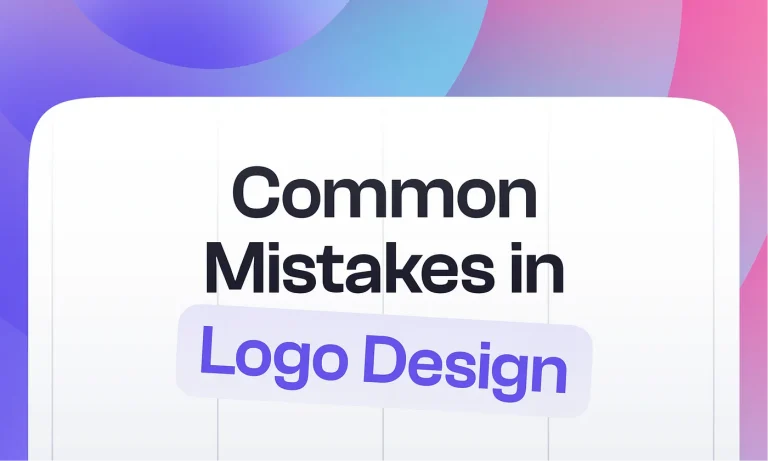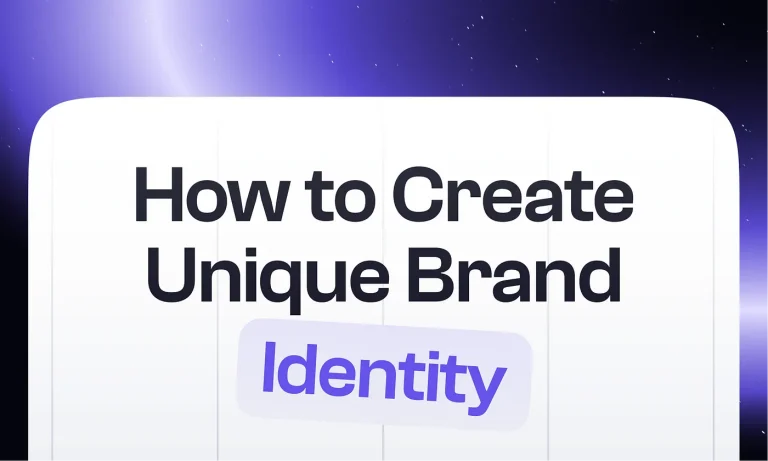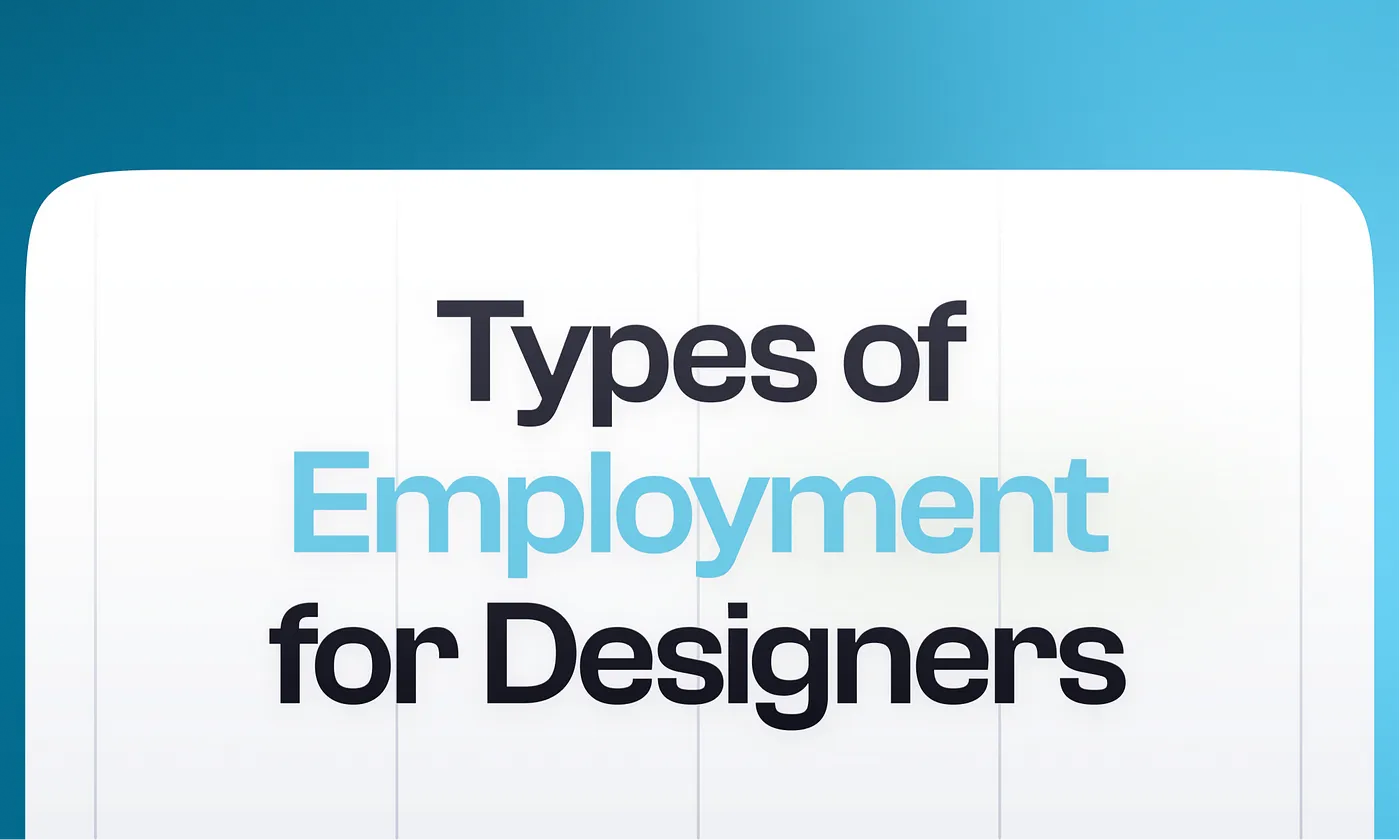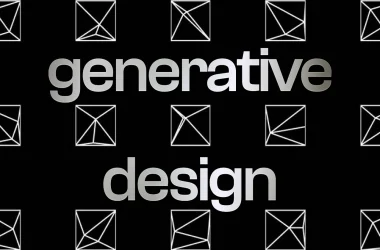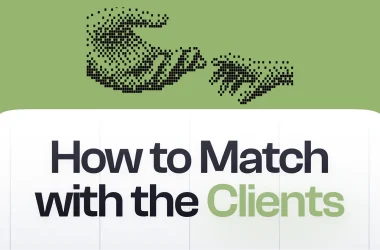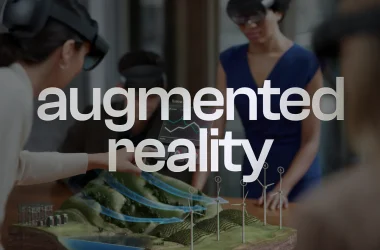A designer is a creative profession and does not oblige a specialist to work specifically in one place or go to work every day. That’s one of the advantages of this activity. In addition, there are various types of design employment that a specialist can expect when starting work. In this article, we will look at the main ones and try to share our opinion on them.
Well, let’s take it in order:
1. Freelance

A novice freelance designer in the first stages of his career will face a lack of experience, forcing him to do the most primitive work, which more experienced designers simply do not want to take on. Also, the lack of experience will have a strong impact on productivity and therefore on income. Beginners always work a lot, but they get little, which at first is very demotivating. Although, the main charm of such work is the remote format without binding to a specific schedule.
After about 6–12 months, when the designer has already gained experience, acquired useful connections, and his portfolio has been replenished with several interesting cases, he approaches the first important step: a large project with a company. But many companies do not want to work with freelancers and prefer to cooperate on a contract basis. At this stage, many designers follow one of two paths: register a legal entity for themselves or transfer to the company staff to start the own design employment.
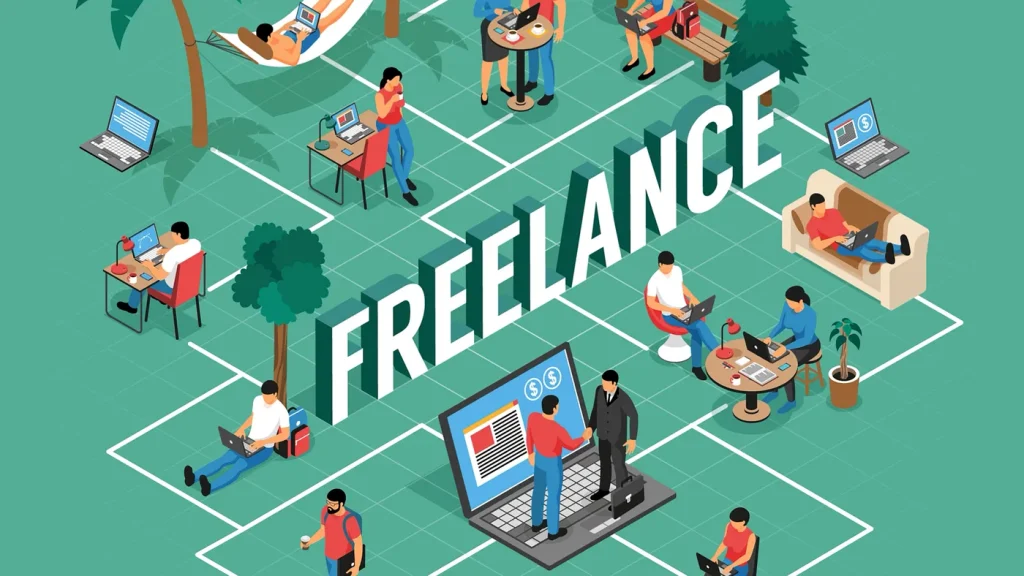
Freelancing is primarily about responsibility, independence and planning. There are no project managers and art directors above you who can cover up. You agree on the cost of the work and plan a schedule by yourself. Moreover, only you bear all the responsibility for penalties and mistakes.
Pros: Freedom and independence, work from anywhere in the world.
Cons: Low income in the early stages, a high degree of responsibility, blurring the boundaries between work and personal life, large companies do not really want to give serious projects to freelancers.
2. Outsourcing as a design employment

Starting a career in a development studio is a great start for a novice designer who needs to exchange experience. Companies are willing to hire employees who lack extensive experience, but with the prospect of training them for the company’s needs.
Outsourcing agencies offer unique work experiences for companies and freelancers alike. Studios provide team collaboration, mentorship, and growth opportunities, leading to strong career prospects in design.
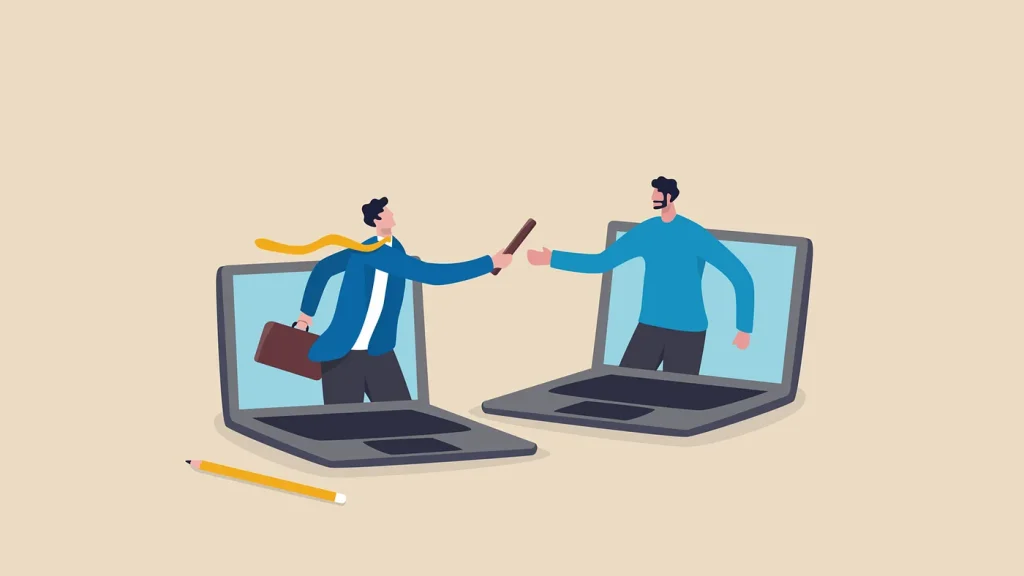
The digital agency serves as a valuable negotiation school where constant interaction with new clients enhances your eloquence and understanding of the development process through activities such as presales, discovery, concept protection, and layout coordination.
Outsourcing entails a diverse array of projects and markets, where outcomes often diverge from client expectations. The client holds the ultimate authority, necessitating adjustments to ensure satisfaction despite best practices and business needs.
Speed is the priority of each project that the implementing company receives. The customer pays money for a certain number of working hours and for a result that should please him, not end users.
Pros: Teamwork under the guidance of an experienced art director, a variety of projects, a great opportunity to quickly gain experience.
Cons: Priority of speed, the need to adapt to the subjective opinion of the customer.
3. Outstaffing
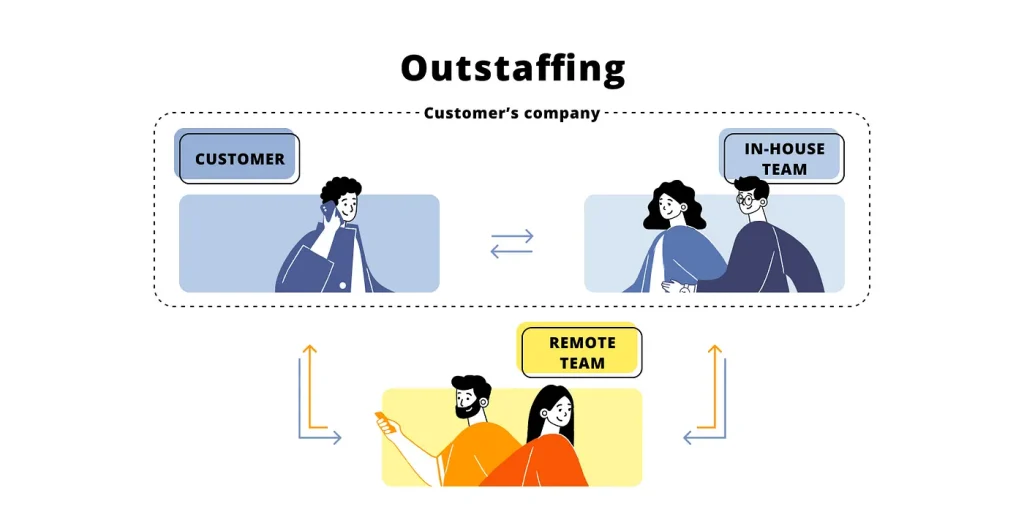
Only a specialist who already has a certain amount of experience behind him can count on this type of employment. It is not profitable for companies to hire newcomers, as they will have difficulty selling them. To explain briefly, an outstaffing intermediary company rents out labor to another company for a certain project for a fixed time. In other words, you sign a contract with one company and work for another. It sounds extremely unattractive, but this type of employment also has its advantages.
The advantages of client companies are obvious: they do not need to look for a specialist, hire him, pay a salary or improve his qualifications because the employer company does this. This greatly saves money and reduces risks. But what advantages do you get as a specialist? First of all, it is an opportunity to work in a development team of various companies without having to get a job in them.
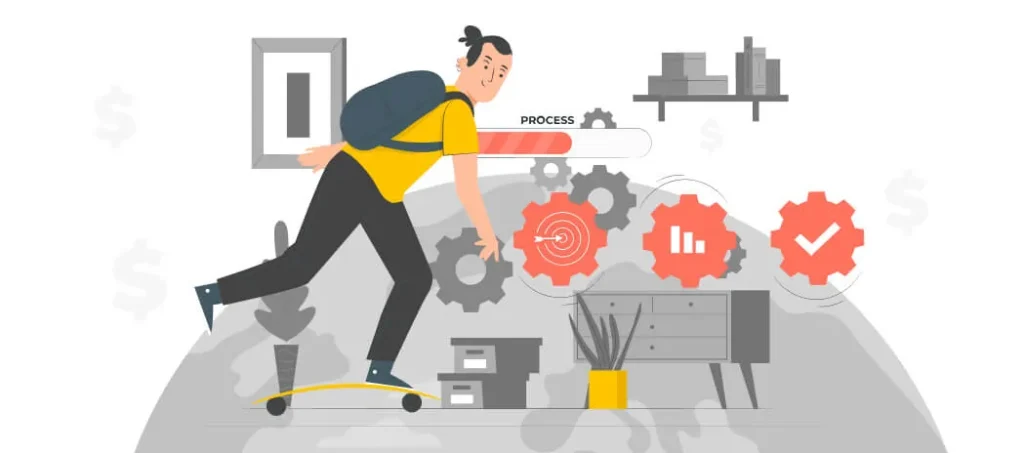
Now about the minuses: most often, external specialists are hired to perform routine and uninteresting tasks. Rapid burnout can occur when work speed is always prioritized and there is no regular opportunity to publish results.
Pros: The ability to work in different product teams without having to change the employer.
Cons: The salary is lower than the market average, there is a small chance of getting on an interesting project.
Well, fellows, in this article we have considered some of the main ways of design employment. There are certainly many more, but we have not covered them all. Share your thoughts on this and your employment experience right under this topic.
Psss, more exciting topics are coming soon on this platform. Stay tuned!

